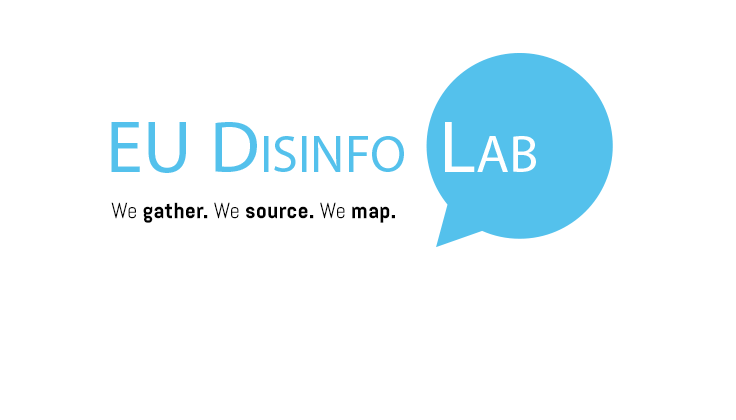Author: Raquel Miguel Serrano, Senior Researcher at EU DisinfoLab
Reviewer: Guillaume Kuster, CEO and Co-Founder of CheckFirst
Introduction
This document shows how YouTube operates and can be exploited for disinformative purposes, but also provides guidance on conducting research on the platform. It is intended to serve as a valuable resource for the community dedicated to countering disinformation on YouTube.
The document is organised as follows: (I) It begins with a concise explanation of how YouTube works. (II) Subsequently, it introduces ways and tools for investigating on the platform. (III) It covers the process of reporting content, along with an overview of policy aspects related to enforcement. (IV) Lastly, it offers a repository of some examples of recent case studies on disinformation on YouTube.
As one of the largest and best-known online video sharing platforms, YouTube simplifies the process of creating, uploading, and watching videos online: the slogan “broadcast yourself” speaks for itself. Established by three former PayPal employees in February 2005, the platform was later acquired by Google in October 2006 and currently operates as one of its subsidiaries. The platform has fundamentally reshaped the way people engage with video content, including information, and has allowed new forms of monetisation, even creating the figure of professional content creators, dubbed “youtubers”.
Expanded all over the world, India is the country with the largest YouTube audience by far, with approximately 462 million users engaging with the platform (as of October 2023). The United States follows, with around 239 million YouTube viewers, while Brazil comes third (144 million users). Within Europe, the United Kingdom emerges as the leader with around 56.2 million internet users. Among the European Union (EU) countries, Germany ranks highest.
Far surpassing the required 45 million users, YouTube was designated by the European Commission a very large online platform (VLOP) on 25 April 2023, requiring it to comply with the provisions of European Unions’ Digital Services Act (DSA) from August 2023.
The platform faced with an outcry of criticism in 2022: over 80 fact-checking organisations collectively signed a letter addressed to YouTube’s Chief Executive, Susan Wojcicki, describing the platform as a “major conduit” for falsehoods. The letter specifically called out YouTube for its role in spreading COVID-related misinformation, electoral narratives, and conspiracy theories. In response to these concerns, YouTube implemented various measures to combat misinformation. The reporting requirements by the DSA will be a good method to assessed if these measures taken had a discernible impact.
The opinions expressed are those of the authors and do not necessarily reflect the position of
EU DisinfoLab. This factsheet does not represent an endorsement by EU DisinfoLab of any organisation.
28/02/2024: Minor corrections were made to the information provided about the Google ads transparency center.


